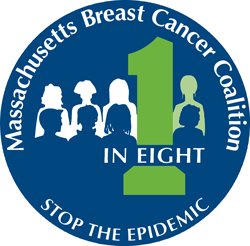In recent years, a class of toxic chemicals called PFAS (Per- and polyfluoroalkyl substances) have been detected in drinking water supplies across the country serving millions of Americans. Epidemiological studies have reported negative effects on children’s immune systems from exposure to PFAS, and suggest that current drinking water guidelines may not be adequately protective. To address concerns about health effects from PFAS in drinking water and to develop tools and materials to support impacted communities, PFAS-REACH (Research, Education, and Action for Community Health), a five-year project funded by the National Institute of Environmental Health Sciences (NIEHS), was launched. The project is being led by Silent Spring Institute in collaboration with Northeastern University and Michigan State University. The main community partner organizations are Testing for Pease, Massachusetts Breast Cancer Coalition, and Community Action Works.
PFAS-REACH has three main goals:
-
To evaluate potential effects of PFAS exposures on the immune systems of young children in two communities that have had PFAS water contamination.
-
To develop an innovative online resource center, called the PFAS Exchange, with data interpretation tools, tap water testing, and educational materials for affected communities and other audiences.
-
To conduct a social science analysis of affected communities to assess individual, family, and community-level experiences of residents in areas impacted by PFAS-contaminated drinking water.
For the children’s health study, we are focusing on two communities where public drinking water wells have been contaminated with PFAS from the use of firefighting foams for training activities. One of these communities is based at the Pease International Tradeport, formerly Pease Air Force Base, in Portsmouth, NH. The other community is in Hyannis, on Cape Cod, Massachusetts.
Through this project, we will provide new scientific evidence on the health effects associated with exposure to PFAS and inform the development of drinking water guidelines that protect children’s health. We will also support communities by providing them with the tools and information needed to reduce their exposures and reduce their risk.
